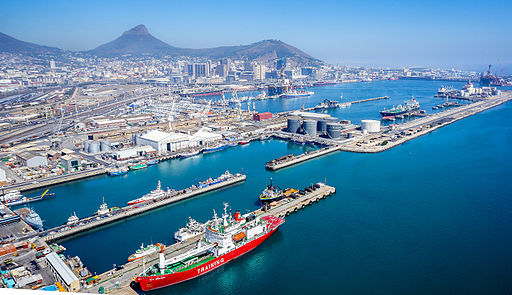The South African wine industry has been given authorization to export wines during the country’s current lockdown.
Following intense lobbying of the South Africa government by an Industry Exporters Task Team, the Minister of Transport stated in a release yesterday, April 7: “During the lockdown period, the transportation of the wines and any other fresh produce products at the seaports and international Airports Designated as Port of Entry for export is allowed.”
“Agricultural Cargo is allowed to be transported to seaports and International Airports Designated as Ports of Entry and exported to the relevant destination.”
The move is important for South Africa’s wine producers and fruit farmers as much of their produce is exported, and 50% of all wine produced is exported.
Rico Basson of Vinpro, which represents 3,500 members of the South African wine industry, tweeted, “We are very grateful for the dispensation to allow the exports of South African Wine”.
A statement from The Exporters Task Team also praised the decision: “Government and all the respective role-players [have shown] an understanding for the industry’s challenges through this concession, as nearly half of South Africa’s wine production is exported and a restriction on exports would have a severe effect on wine-related businesses, but most importantly the livelihood of close to 300,000 people employed by the wine industry value-chain.”
The Task Team emphasized that it recognized “the severity” of the Covid-19 pandemic, asking all businesses and people to “strictly adhere to the regulations” set out by government to ensure the safety of all employees during the lockdown.
Describing the development as “very good news for the industry”, Wines of South Africa‘s (WoSA) UK market manager Jo Wehring clarified that, “this exemption only relates to finished product that is ready for shipping in either bulk or packaged format”, adding it is “a massive step in the right direction and will bring much relief”.
WoSA recently announced that the 2020 vintage would deliver ‘exceptional wines’, after a last minute concession from government allowed harvesting to take place.



